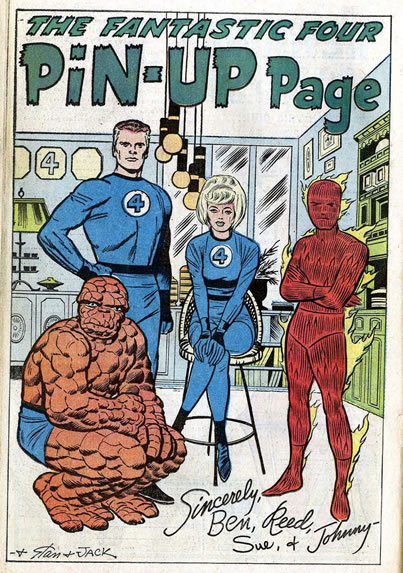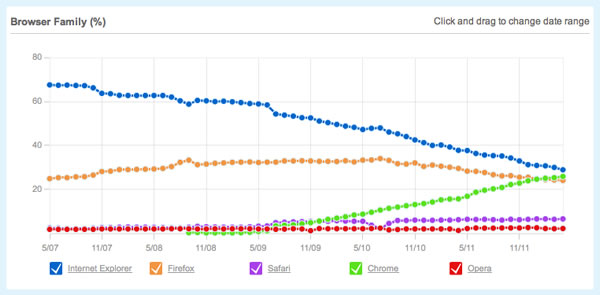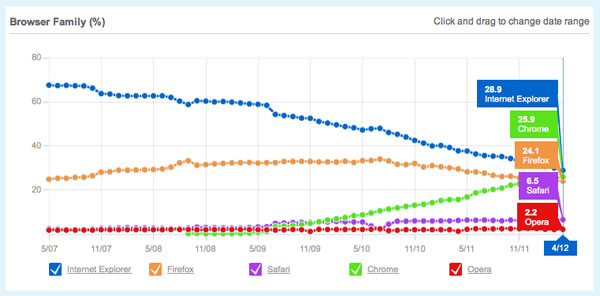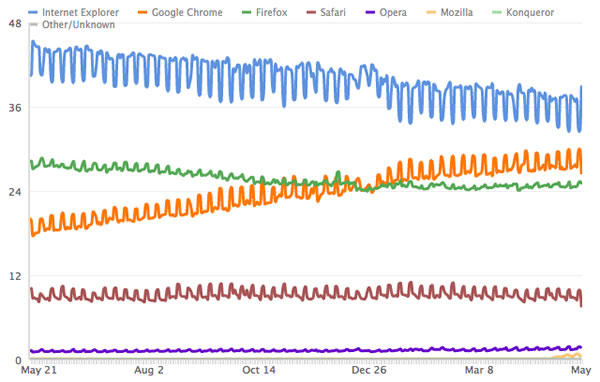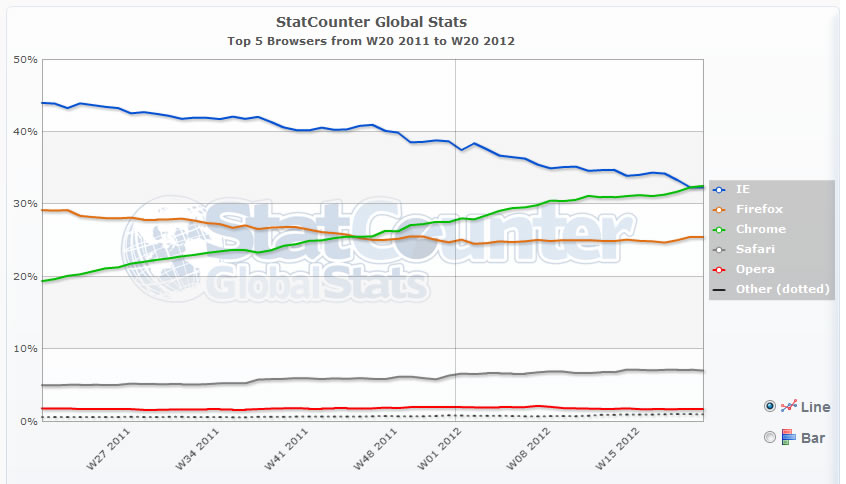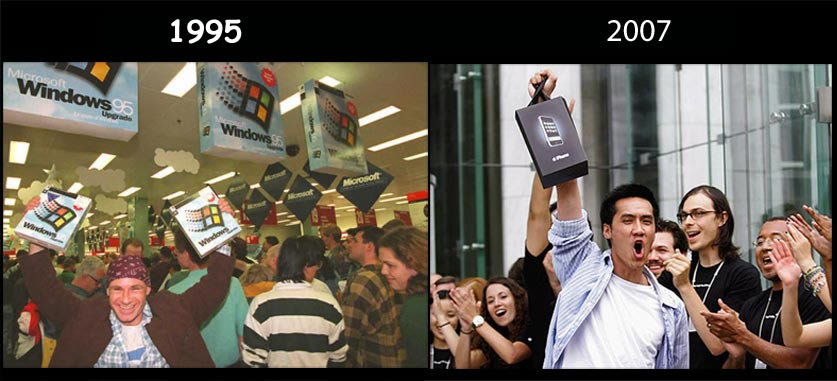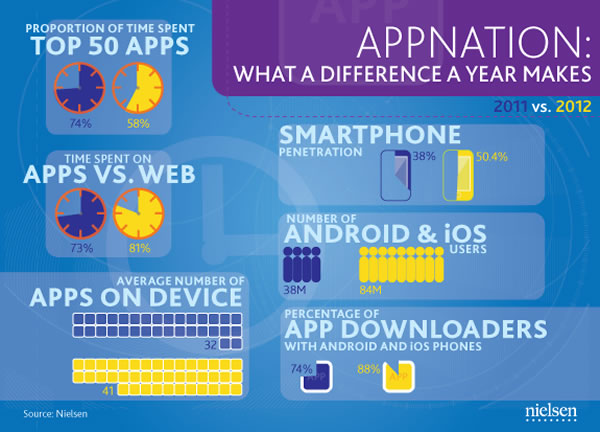
The view from my seat when I made the big decision last Wednesday.
Being Shopify’s Platform Evangelist has been a great privilege that I’ve enjoyed for the past year. There are no “B” players at Shopify, which means that I’ve had the honour to represent the best and the brightest. Wherever I’ve gone on behalf of the company, the mere mention of the name “Shopify” has commanded respect, admiration, kudos and high-fives, and all the credit has to go to the Shopifolks for making the best damned system for setting up shop online. Computer science may say that software is made up of data structures and algorithms, but I know better: it’s made of people, and these people are the best. Naturally, so is the software they create.
That being said, I need to take a summer vacation. At the risk of repeating the “it’s not you, it’s me” cliche, I need a break. I haven’t had a proper vacation in years, and it hasn’t helped that the last eighteen months have been crazy ones for Yours Truly. I’ll just gloss over the sordid details and quickly summarize:
- Major life change
- Near-death experience
- The incident of which a certain software-producing multinational corporation headquartered in the Pacific Northwest does not speak, ever
- The non-date, my first as a newly-freed man that went horribly, tragically wrong (not screaming-in-the-fetal-position wrong, but pretty badly for a first time out in years)
- Signing a job offer with Shopify, leaving my old job, and starting the new one a week later
- Relocating to Ottawa for the summer, then re-relocating back to Toronto in September
- At one point, averaging a flight every couple of weeks as a participant in the 2011 BarCamp Tour, helping out with hackathons and speaking at South by Southwest, ConFoo and other events
- Relearning the Ruby programming language and the Rails framework
- Meeting a girl from far away, and the requisite travel involved
All told, I consider these good happenings, but I need to take some time to collect myself. A lot of stuff has happened, and I’ve been leaping from one big change to the next without a break. I’m in great danger of bringing my “B” game to everything I do, and I need to make sure that that doesn’t happen.
Hence the vacation. It wasn’t easy, but I resigned from Shopify last week. They’ve been incredibly supportive and helpful in ways that I’m not sure I’ll ever be able to repay. Even though I’m no longer with the company, I remain their supporter, advocate and friend. I may even open a Shopify shop very soon (and if you ever need help opening one, you can ask me).

Damn, we’re cute.
I’m going to go hang out with Anitra (that’s her in the picture above; she was my date for the Filipino Centre of Toronto’s President’s Gala) in Tampa for a couple of weeks starting next Saturday. She’ll have work during the day, during which I’ll hit the gym, work on my writing (the Global Nerdy blog’s been going like gangbusters as of late)…
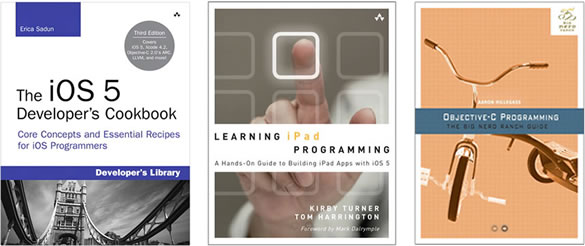
My new reading material (feel free to suggest others!).
…finally get around to learning how to write software for iPads and iPhones by actually writing (or trying to write) software for my iPad and iPhone, and of course, swimming in the pool pictured below:

I’m the only person I’ve ever seen in this pool.
In late June and early July, I’m going with my family to visit the Philippines. I haven’t been back in a dozen years; when I was married, I’d made peace with the fact that I might not ever see it again. Now that I’ve got the opportunity, the time and 145,000 credit card travel points burning a hole in my pocket, I’m going.

Me and new friends, April 2000 – the last time I was in the Philippines. Please control yourselves, ladies; there’s plenty of me to go around.
After the Philippines, it’s back to Florida to be Anitra’s arm ornament for a wedding, plus a little downtime to get used to the Eastern time zone.
After that, more learning, more writing, more working out, and eventually either landing a new job or making one. If you’re looking for a rock and roll accordion-playing tech evangelist in the late summer or fall, check out my LinkedIn profile and drop me a line!

In the meantime, the Accordion Guy and Global Nerdy blogs will go on, and when I’m not off in Florida or the Philippines, I’ll be in Accordion City catching up with friends. Perhaps I’ll see you!
I’m looking forward to my summer vacation.
This article also appears in The Adventures of Accordion Guy in the 21st Century.


